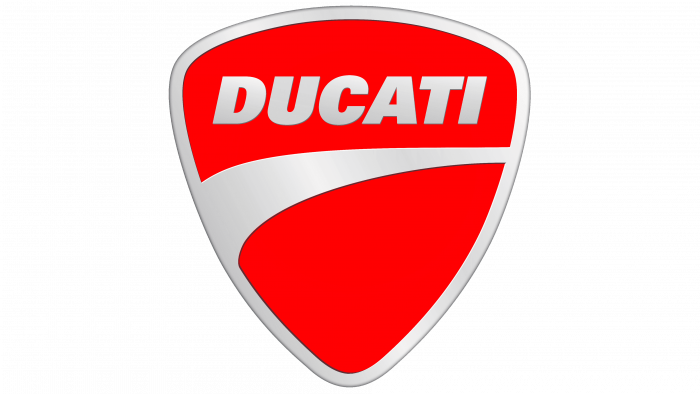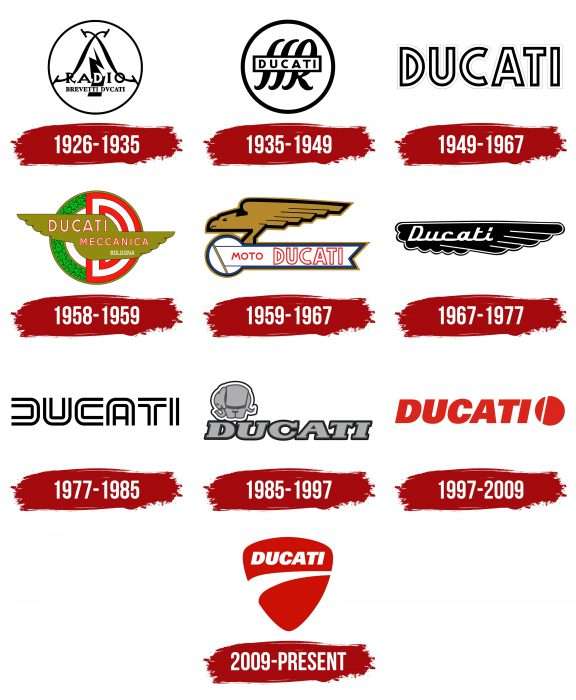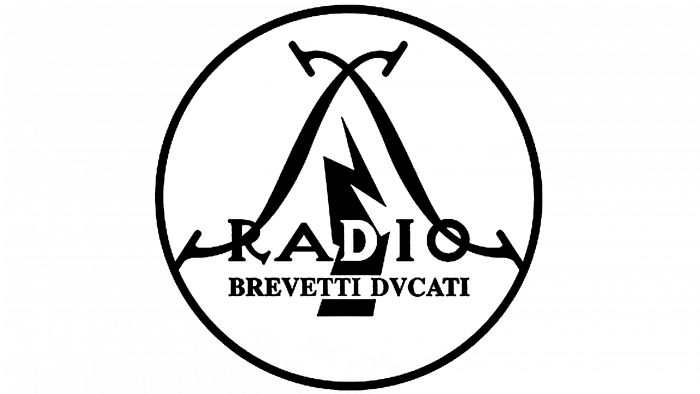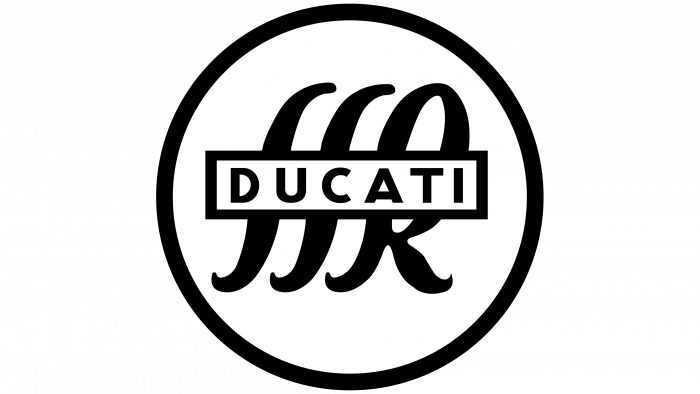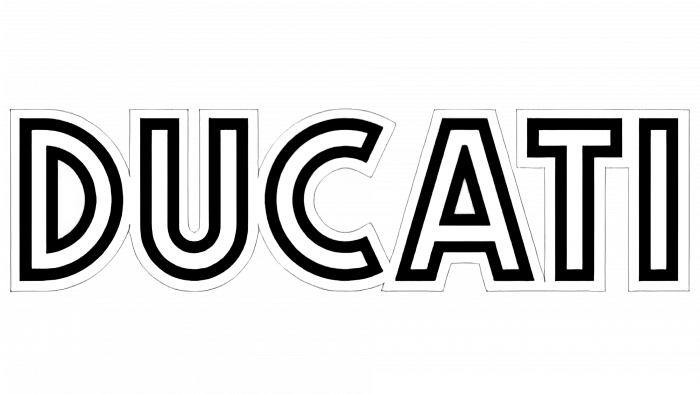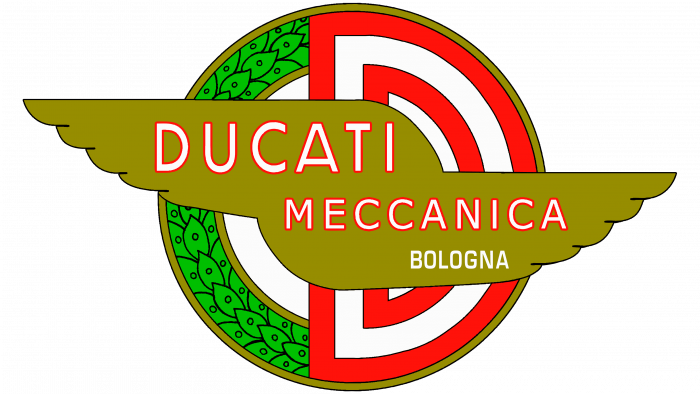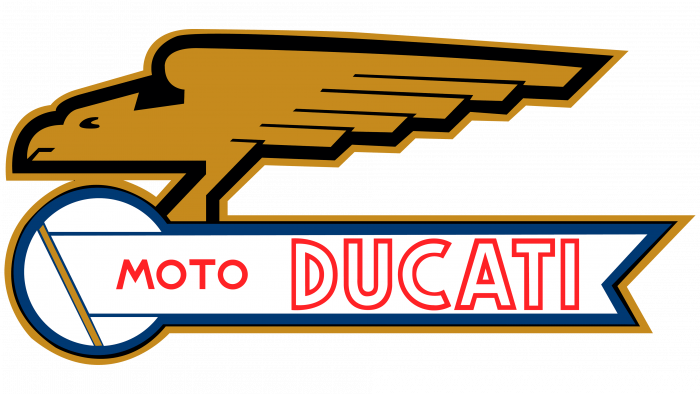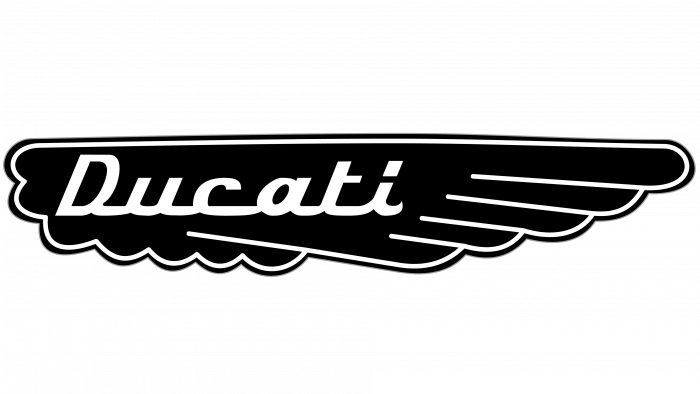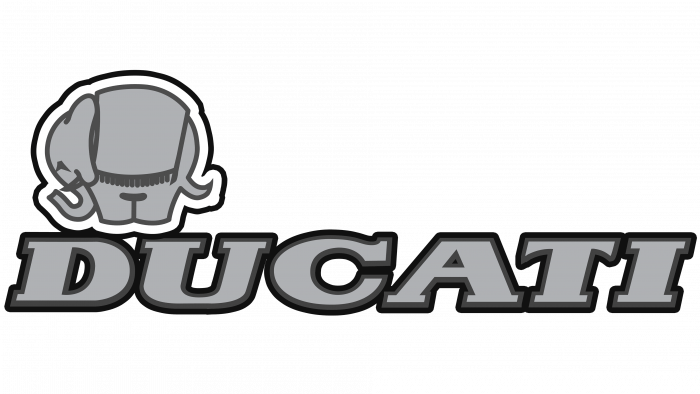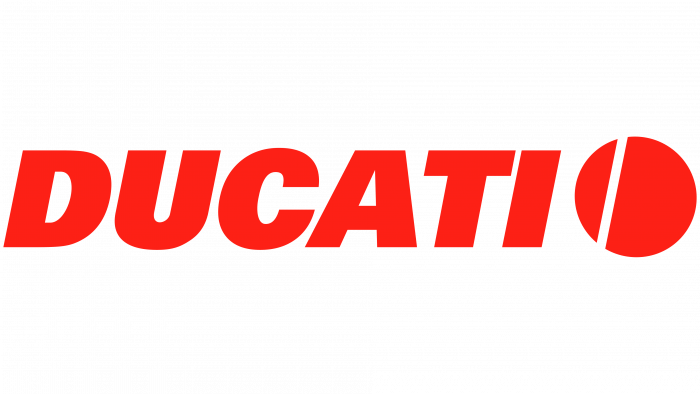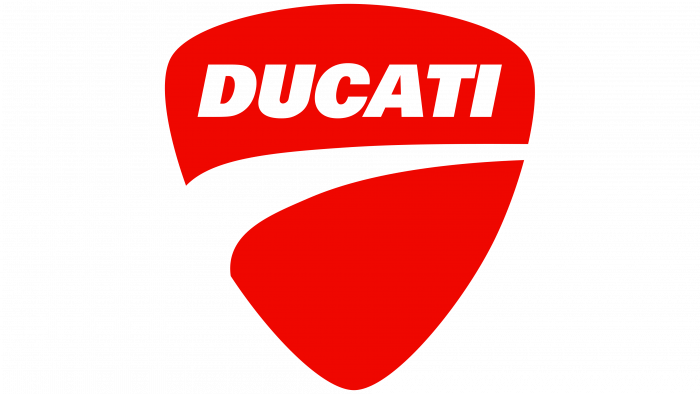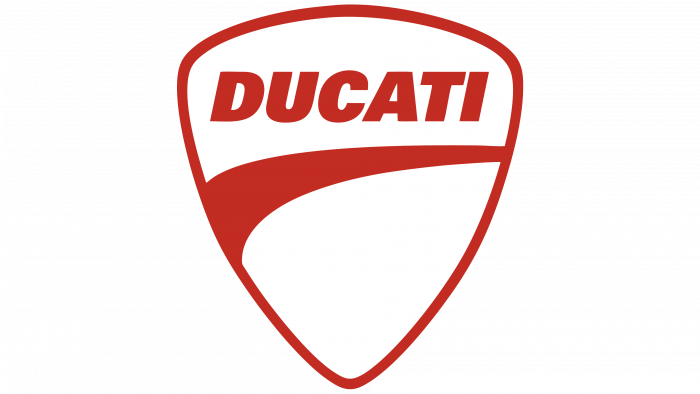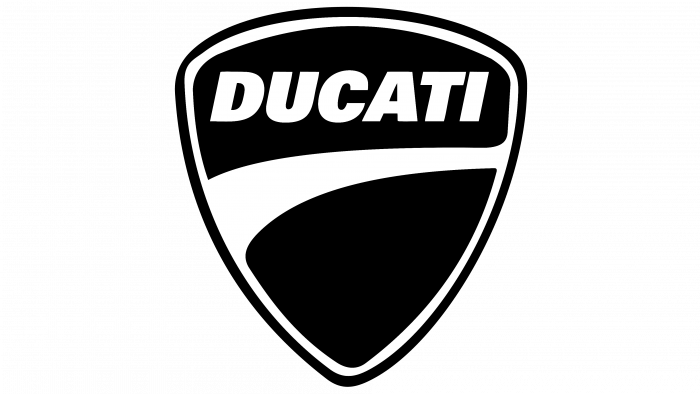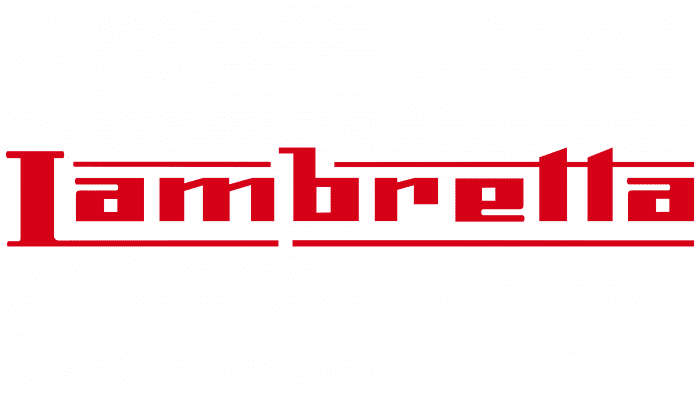The Ducati emblem promises protection and safety on the road. The company’s motorcycles are durable and reliable. The emblem combines speed and shiny metal, risk, and confidence, passion and love. For lovers of fast riding, the brand’s products are the best choice.
Ducati: Brand overview
Ducati was not always in the motorcycle business. It was founded in 1926 as a scientific community that researched radio broadcasting technology. A year later, its creator died, and the business was taken over by his sons Bruno, Marcello, and Adriano Cavalieri Ducati. They focused on the production of parts for radio communications. During the war, the main factory was destroyed, but the brothers resumed production and opened a new motorcycle branch. The Italian company first produced engines for bicycles and then entered the state holding company and was divided into two parts. One of them – Ducati Meccanica – became the basis for the current company. It is now owned by the Volkswagen Group through Lamborghini and Audi.
Meaning and History
The legendary Ducati motorcycles have their own characteristic design, in which the logo takes center stage. It adorns the tank and represents the manufacturer’s name, reflecting its history in the context of different eras. The brand names have changed frequently, and some of them were created at a time when the organization did not produce motorcycles. The current emblem is an abstract figure with an inscription. It symbolizes speed and movement on the track.
What is Ducati?
Ducati is a group of companies that are part of the Volkswagen Group. It includes a division of Ducati Motor Holding, which is engaged in the production of high-tech motorcycles. It produces various models of two-wheeled transport: touring, sports, and off-road cruisers. These motorcycles are designed both for international competitions and for everyday use. They can be seen in prestigious championships, including World Superbike and MotoGP.
1926 – 1935
In 1926, the Societá Scientifica Radio Brevetti Ducati organization was founded, which was headed by three brothers a year later. It specialized in the production of radio parts and used a logo with the image of two intersecting letters “S” turned towards each other. They were inside a white circle with a thin black border and rose above a lightning bolt, the symbol of electricity. The company name was written on top of the lightning bolt, and in the last word, the letter “V” was used instead of the letter “U,” which was characteristic of the fascist era.
1935 – 1949
The manufacturer expanded its product range with various radio devices and moved to a new headquarters. This prompted him to change the emblem in the early 1930s. It kept the circle but placed the italicized handwritten letters “SSR” (in the background) and the word “DUCATI” in a rectangle (in the front). In addition, a completely different logo was used on the products as the design was not regulated.
1949 – 1967
In 1949, the company started mass production of motorcycles (the first Cucciolo was created in 1946). At this point, it needed a new symbol to put on the fuel tanks. The circle with the inscription “SSR” seemed too small to the executives, and they decided to emphasize the brand name. The word “DUCATI” was written in white capital letters with serifs, each of which had triple lettering of black, white, and gray lines.
1958 – 1959
In 1956, the company split into two parts: one focused on electronics and the other on motorcycles. After that, a modernized badge appeared on motorcycles: a circle formed of a green laurel wreath (left) and a red and white letter “D” (right). The letter “D” became the official symbol of the unit. In the foreground were wings with the text “DUCATI MECCANICA BOLOGNA.” The first two words stood for the name of the company, and the third for its location.
1959 – 1967
In the 1960s, the “winged” theme was continued. The new symbol of the brand was an eagle holding in its paws a flag with the inscription “MOTO DUCATI.” This bird embodied freedom and was a favorite mascot of many Italian manufacturers.
1967 – 1977
Influenced by the youth movement, the company adopted an emblem in the form of a black wing with the word “Ducati” handwritten on it. This emblem adorned the tanks of the iconic Scrambler motorcycles, and it was screwed on rather than glued on.
1977 – 1985
In the mid-1970s, the manufacturer entrusted the creation of the logo to Giorgetto Giugiaro. In 1977, the designer’s idea was finalized, and the final version appeared: the inscription “DUCATI” with open symmetrical letters.
1985 – 1997
When Cagiva acquired the Ducati brand, it decided to adapt its logo to its own standards. Thus, an elephant was depicted above the word mark. The italicized bold serifs were in keeping with Cagiva’s style.
1997 – 2009
Another redesign took place after the conglomerate TPG acquired Ducati. Massimo Vignelli designed the emblem with a red italic sans serif font and a stylized “D” in the shape of a circle.
2009 – today
In 2008, the brand was absorbed by Audi. A year later, it received a new logo created by the marketing agency Landor of Milano. The designers kept the font and placed the word “DUCATI” on a red triangular shield with rounded corners and a long white transverse stripe.
The former symbol stood for the letter “D,” and its characteristic round shape was compared to a coffee bean called a “chicco di caffé.” The current emblem represents the love of sport and high speed, as the white stripe represents a winding road.
Ducati: Interesting Facts
Ducati is a famous Italian motorcycle company that makes fast and stylish bikes.
- Starting with Radios: Ducati began in 1926, not with motorcycles, but with radio parts, thanks to founder Antonio Ducati and his sons.
- Switch to Motorcycles: Ducati changed its focus to making motorcycles after WWII. Their first big hit was the “Cucciolo” engine for bicycles in 1946, leading to their first motorcycle in 1950.
- Unique Valve System: They’re famous for a special valve system in their engines, developed in the 1950s, that helps their bikes run faster and more efficiently.
- Racing Wins: Ducati is big in motorcycle racing, with many wins in the Superbike World Championships and competitive performances in MotoGP.
- Famous Bikes: Ducati’s most well-known bikes include the Monster, which in 1993 started the trend for “naked” or “streetfighter” bikes, and the high-performance Panigale.
- L-Twin Engines: Their bikes often have L-Twin engines, known for their distinctive sound balance of power and smoothness.
- Ducati Museum: The Ducati Museum is headquartered in Bologna, Italy. It displays Ducati’s history and achievements.
- Cultural Icon: Beyond motorcycles, Ducati symbolizes Italian style and has been part of cultural events and projects.
- Owned by Volkswagen Group: Since 2012, Ducati has been part of the Volkswagen Group, giving them more resources to keep innovating.
- Innovation and Electric Future: Ducati is always looking to improve its bikes, working on aerodynamics and electronics, and even exploring electric motorcycles.
Ducati stands out not just for its engineering and performance but also for being a piece of Italian heritage that motorcycle enthusiasts and racers love.
Font and Colors
The font used in the emblem is called Univers Black Italic. Massimo Vignelli suggested it after TPG became the owner of the motorcycle company. The author of the typeface is Adrian Frutiger. The typographer stuck to classic Swiss standards to make the design as uniform as possible.
On the other hand, the color red is a manifestation of the passion associated with high-speed sports. It also symbolizes victory, thus confirming the top quality of Ducati motorcycles. For contrast, the lettering and lines are in white.
Ducati color codes
| Red | Hex color: | #ef0700 |
|---|---|---|
| RGB: | 239 7 0 | |
| CMYK: | 0 97 100 6 | |
| Pantone: | PMS 172 C |
